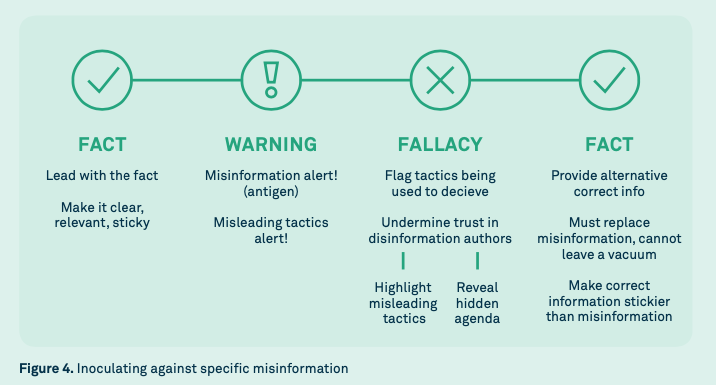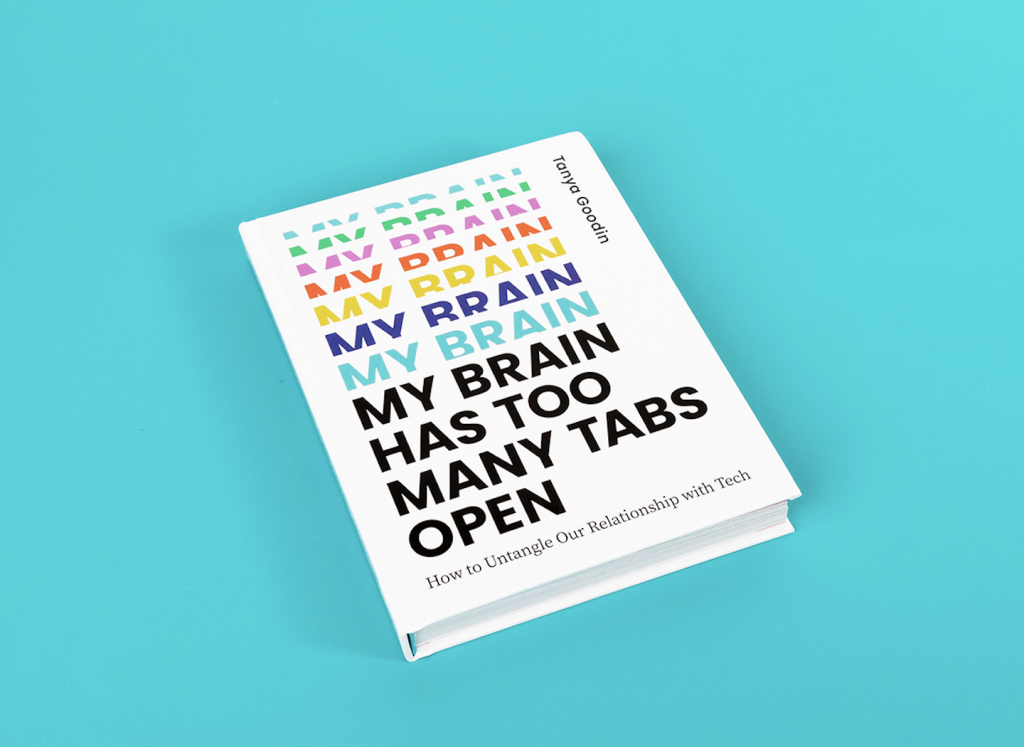It turns out none of us are very good at spotting misinformation, even though we like to think we are. Research from Ofcom found that 70% of the adults are confident they can spot misinformation – but only 20% could correctly identify the signs of a genuine post. And for 12- 17-year-olds, these proportions were nearly 75% and just over 10%.
But a method of spotting and dealing with misinformation from Cambridge University – pre-emptively debunking or pre-bunking – might help all of us, whatever age we are.
What is ‘pre-bunking’?
Research from Cambridge University psychologists found that giving people a taste of the techniques used to spread fake news on social media increased their ability to identify and disregard misinformation they encountered in the future.
In their 2018 study, researchers designed a game where players took on the role of a fake news producer and learned to master six techniques commonly used in the production of misinformation:
- polarisation
- invoking emotions
- spreading conspiracy theories
- trolling people online
- deflecting blame, and
- impersonating fake accounts.
The game builds on ‘inoculation theory’, the idea that preemptively exposing people with the key strategies used in the production of misinformation helps confer ‘immunity’ to real misinformation in the future.
“We are aiming to pre-emptively debunk, or pre-bunk, misinformation by exposing people to a mild dose of the methods used to disseminate fake news.”
Dr Sander van der Linden, Head of the Social Decision-Making Lab, University of Cambridge
The researchers found that just one play of their game reduced the perceived reliability of fake news by an average of 21% compared to a control group.
These initial results were confirmed in an even more rigorous replication study published in 2020, where the pre-bunk game not only improved people’s ability to spot fake news but also their confidence in judging what was true or false.
How pre-bunking works
The Cambridge research showed that pre-bunking could be one of the most effective inoculation techniques against misinformation we have. And the techniques can be learned by anyone.
There are three main types of pre-bunks:
- fact-based: correcting a specific false claim or narrative
- logic-based: explaining the tactics used to manipulate
- source-based: pointing out bad sources of information
The logic-based approach has more widespread benefits in building resilience to misinformation. If you teach people to recognise the type of tactics used, they can spot them more efficiently than interrogating each future claim individually. But the ideal pre-bunk probably combines both fact and logic, so people can understand the facts and also be able to spot attempts to distort the facts.
We probably need to start with a focus on understanding and unpacking common misinformation tactics if we want to build long-term psychological resilience in ourselves and others. Tactics such as the use of fake or biased ‘experts’ to bolster a lie, or the use of emotional language to manipulate.
How to inoculate against misinformation
When pre-bunking (or de-bunking) always lead with the facts and follow that up with clear warning of how information is being manipulated, then end with the facts again. This ‘truth sandwich‘ – a factual wrapper around misinformation – is an easy structure to follow.

Use your warning stage to remind your audience that others are trying to manipulate and what their objectives and motivations are. Research shows this puts people’s guard up, increasing their mental resistance to misinformation.
Draw out the tactic at play in your example and remind your audience that the tactic being used is not unique to this example. Sometimes an example of the same tactic from an issue that is less political or emotive with your particular audience can be a very effective teaching tool.
Explain what you know and do not know about the subject, building trust with your audience, and then focus on consensus: remind people of what experts agree on and why. A good example is climate change, where there is almost unanimous agreement among scientists.
Practice pre-bunking
There are some freely-available games which will help in practicing the pre-bunking techniques and would be a great way of introducing the concepts of dealing with misinformation to children and young people;
- Bad News – a multiple award-winning fake news intervention aimed at building psychological resistance against online misinformation.
- GO VIRAL! | Stop Covid-19 misinformation spreading – an online infodemic game showing how to spot coronavirus misinformation in 5 minutes. (Based on the original Cambridge University pre-bunking research).
- Cranky Uncle – uses cartoons and critical thinking to fight climate change misinformation, developed at Monash University.
- Troll Factory – a game showing first-hand how information operations work on social media. The goal of the game is to illustrate how fake news, emotive content and bot armies are utilised to affect moods, opinions and decision-making.
- Harmony Square – in this game, in the setting of idyllic Harmony Square, you, the player, are hired as Chief Disinformation Officer. Over the course of four short levels, your job is to disturb the square’s peace and quiet by fomenting internal divisions and pitting residents against each other.

My latest book My Brain Has Too Many Tabs Open is all about how to live with technology and contains practical tips and strategies on dealing with misinformation, trolling and much more.
